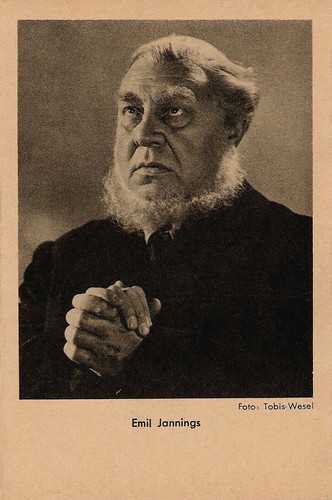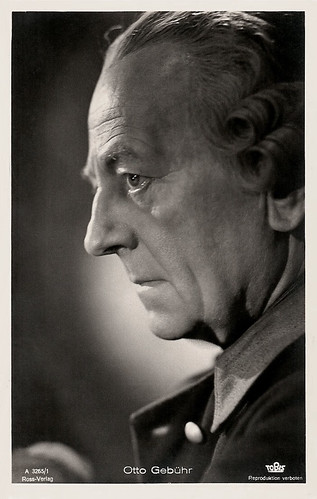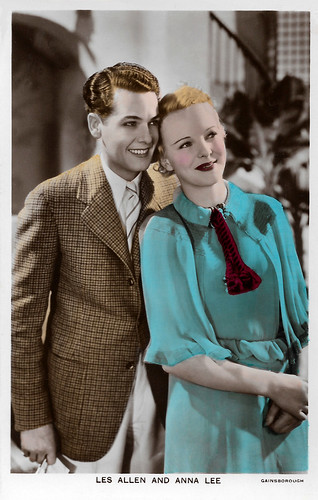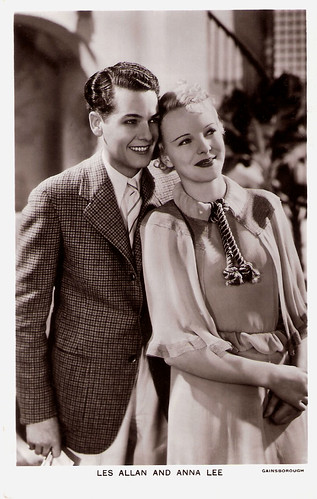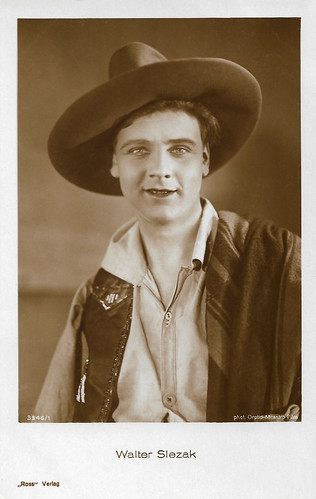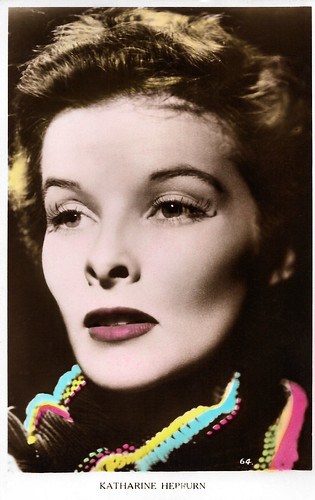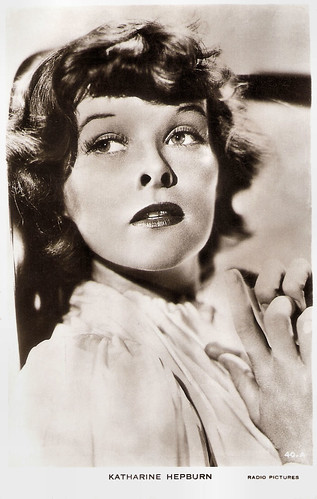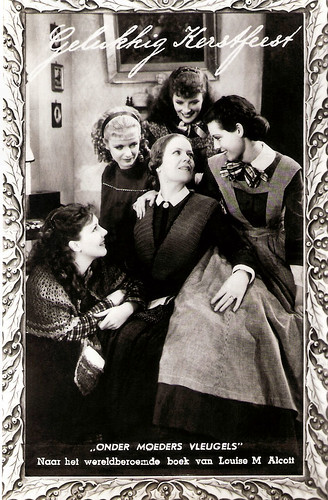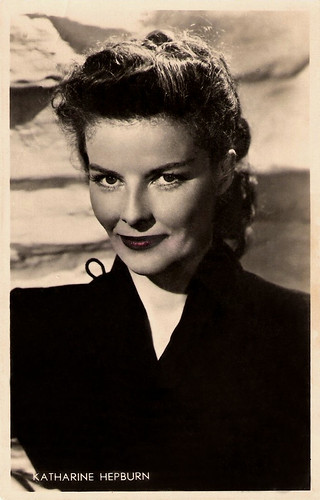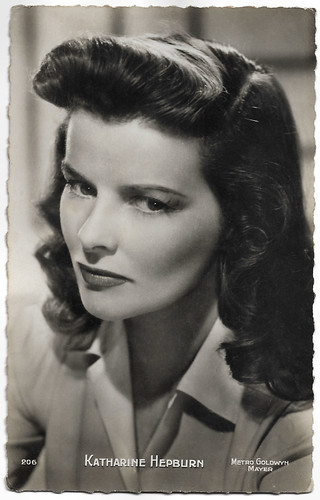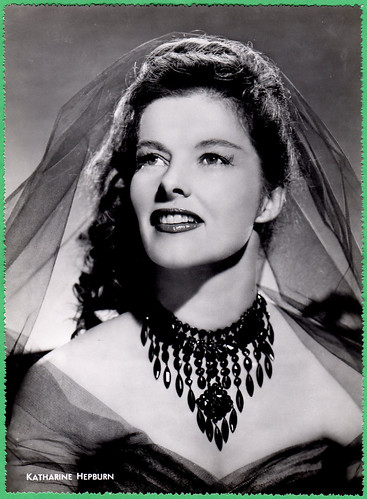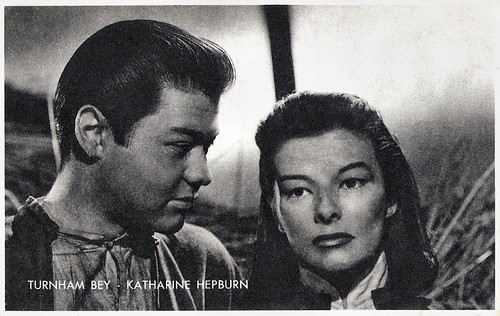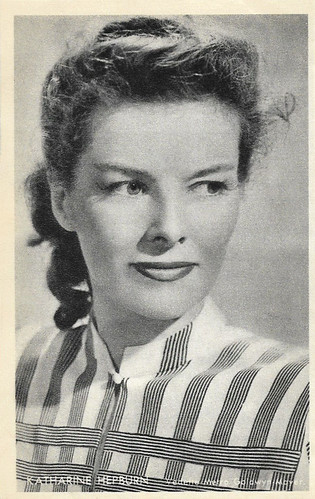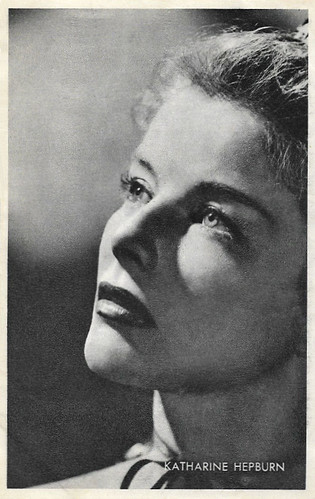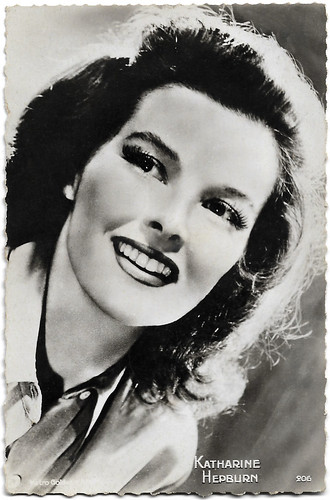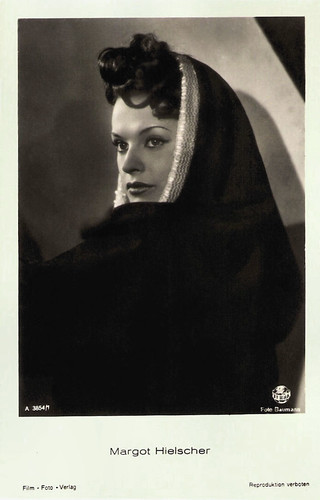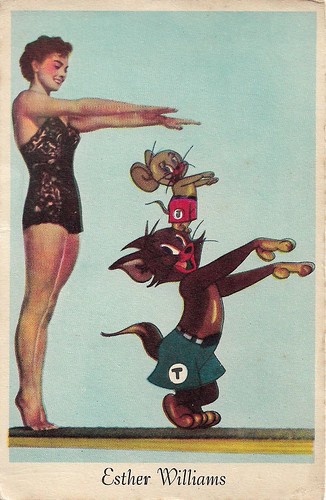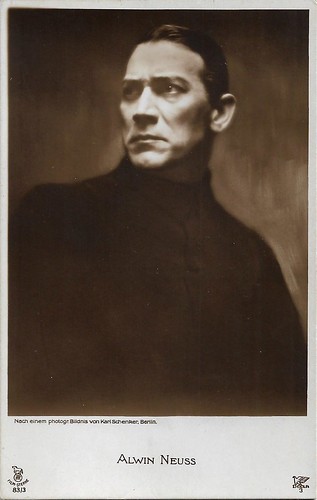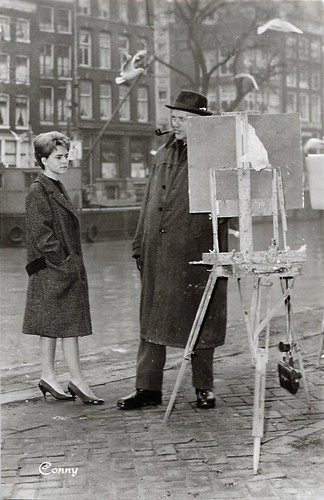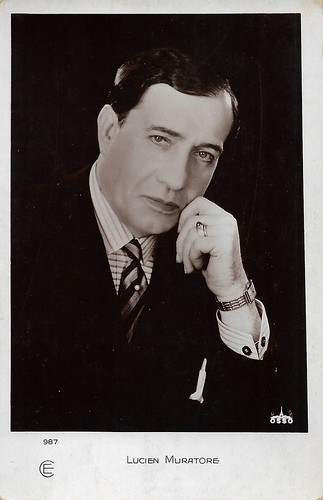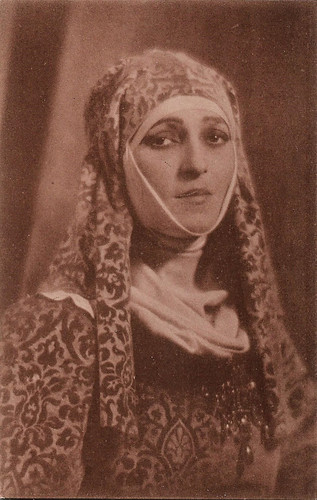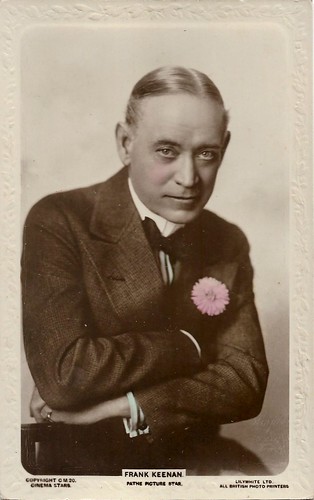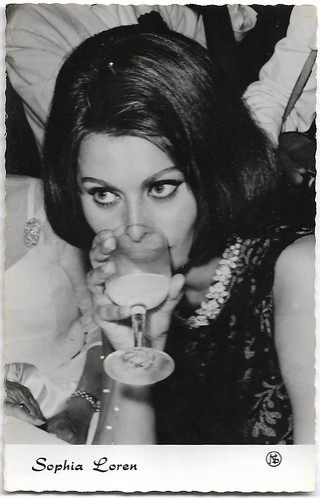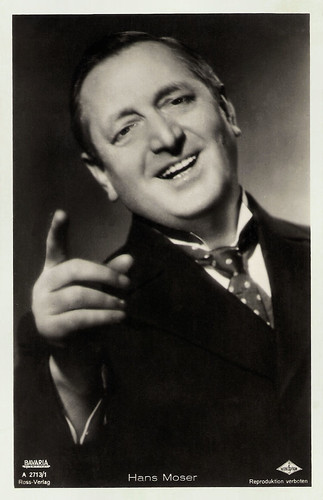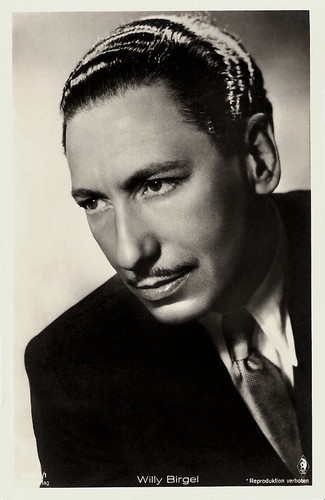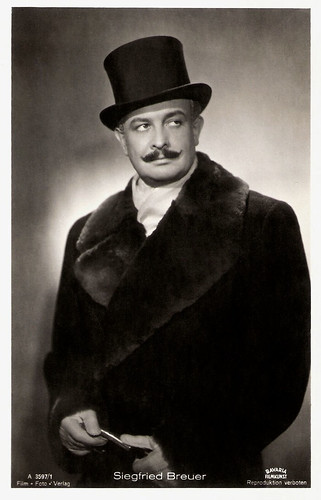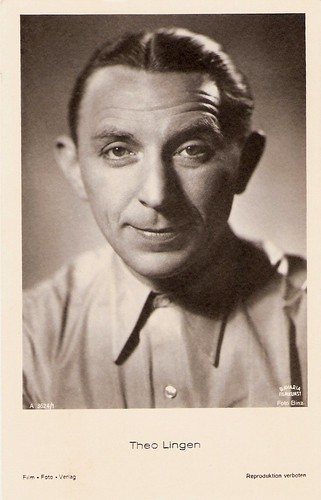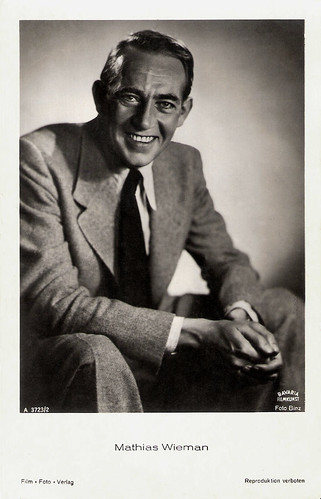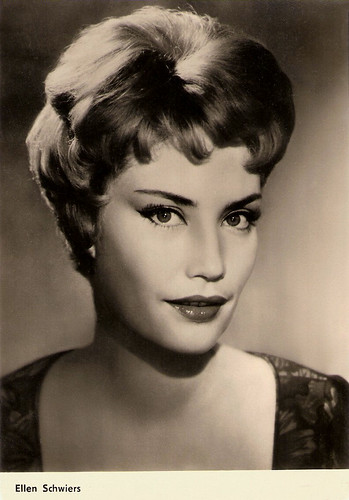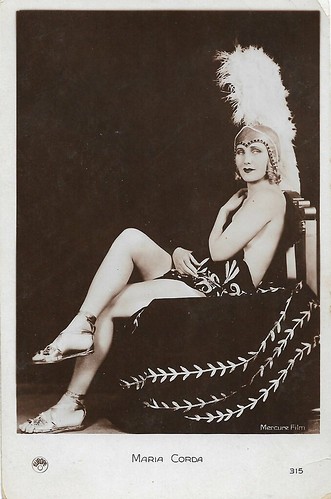Tonight starts Europe’s biggest vintage event, the VerzamelaarsJaarbeurs, the International Collectors Fair in Utrecht, the Netherlands. Tomorrow we will visit the fair in the massive Jaarbeurs halls, searching for rare and interesting film star postcards to share with you at EFSP. Last fair, co-editor Ivo Blom was in Berlin, and I found an album for him with over 100 vintage cards by Pathé Cinema with stills of films from 1911. For today's post, Ivo selected 14 cards from this album, and he wrote the text below.
![Stacia Napierkowska and Lucien Callamand in Le Pain des petits oiseaux (1911)]()
Big French photo card by Cinéma Pathé. Photo: Société Cinématographique des Auteurs et Gens Lettres (SCAGL). Stacia Napierkowska and Lucien Callamand in Le Pain des petits oiseaux (Albert Capellani, 1911).
![Madeleine Roch in Radgrune (1911)]()
Big French photo card by Cinéma Pathé. Photo: SAPF. Madeleine Roch in the historical drama Radgrune (Camille de Morlhon, 1911).
![Georges Vinter in Le parfum revelateur (1911)]()
Big French photo card by Cinéma Pathé. Georges Vinter in Le Parfum révélateur (1911). Adaptation: Paul Garbagni.
![Andrée Marly in Deux vieux garcons (1911)]()
Big French photo card by Cinéma Pathé. Photo: SCAGL. Andrée Marly in Deux vieux garçons (Michel Carré, 1911).
![Georges Denola in Le Pot de confitures (1911)]()
Big French photo card by Cinéma Pathé. Photo: SCAGL. Madeleine Guitty in Le Pot de confitures (Georges Denola, 1911).
![Bonaparte et Pichegru (1911)]()
Big French photo card by Cinéma Pathé. Photo: SCAGL / SAPF. Publicity still for Bonaparte et Pichegru (Georges Denola, 1911).
![Fafarifla (1911)]()
Big French photo card by Cinéma Pathé. Photo: publicity still for Fafrifla ou le fifre magique (Gaston Velle, 1911).
![Mistinguett in Léocadie veut se faire mannequin (1911)]()
Big French photo card by Cinéma Pathé. Photo: SCAGL. Mistinguett in Léocadie veut se faire mannequin (1911). Script by Frédéric Mauzens.
The album contains 60 double pages with 120 collector's cards, a bit bigger and thinner than the ordinary postcards issued by Pathé. All films date of the year 1911 and almost all are retraceable on the website of the Fondation Jerome Seydoux Pathé.
Most cards are made for French films by Pathé, sometimes for its subsidiaries Société Cinématographique des Auteurs et Gens Lettres (SCAGL) or Séries d'Art Pathé Frères (SAPF). Occasionally, cards were also published for films by its foreign studios such as American Kinema, Le Film Russe, and Film d'Arte Italiana (FAI).
The series ranges from modern and historical dramas - quite a few deal with Napoleon and his circle in particular - to comedy, fairy tales, and crime films, sometimes with famous dramatic actors such as Stacia Napierkowska, Léontine Massart and Jean Kemm, or comedians such as Max Linder, Prince, Sarah Duhamel, Mistinguett and Madeleine Guitty.
For certain titles - in particular for dramas, two or more cards have been issued and are now in the album. Often with the non-comical films a name is given which is mostly not the director but rather the scriptwriter. Thus for instance for a comedy such as Léocadie veut se faire mannequin we know it was scripted by Frédéric Mauzens, even when we don't know who directed the film.
We found this rare treasure trove at the 2018 Autumn Collector's Fair in Utrecht. The back of the album was heavily damaged, so we had it repaired by a professional book repairer. Still, the album should never be fully opened again, in order to avoid new damage onto its back.
![Album Pathé]()
![Album Pathé]()
![Album Pathé]()
Details from the album by Pathé, published in 1911. Before the restoration. Collection: Ivo Blom.
![Album Pathé]()
![Album Pathé]()
![Album Pathé]()
Details from the album by Pathé, published in 1911. After the restoration. Collection: Ivo Blom.
![Jacques Normand in Les victimes de l'alcool (1911)]()
Big French photo card by Cinéma Pathé. Photo: Jacques Normand in Les victimes de l'alcool (Gérard Bourgeois, 1911).
![Nicolaï Vassiliev in L'Chaïm (1911)]()
Big French photo card by Cinéma Pathé. Photo: Le Film Russe. Nicolaï Vassiliev in L'Chaïm (Maurice André Maître, Kaï Hansen, 1911).
![Tarquine le superbe]()
Big French photo card by Cinéma Pathé. Photo: FAI. Alfredo Robert in Tarquinio il superbo/Tarquin le superbe (1911).
![Dillo Lombardi in La duchesse de Bracciano (1911)]()
Big French photo card by Cinéma Pathé. Photo: FAI. Dillo Lombardi in La duchessa di Bracciano/La Duchesse de Bracciano (1911).
![Charles Arling in Short-Lived Happyness (1911)]()
Big French photo card by Cinéma Pathé. Photo: American Kinema. Photo: Charles Arling in Short-Lived Happyness (1911). The French title is Le Bonheur éphémère.
![Barbegrise (1911)]()
Big French photo card by Cinéma Pathé. Photo: publicity still for Barbegrise (Georges Monca, 1911) with Andrée Pascal. Script by Léon Chavignaud.
Source: Fondation Jerome Seydoux Pathé and IMDb.

Big French photo card by Cinéma Pathé. Photo: Société Cinématographique des Auteurs et Gens Lettres (SCAGL). Stacia Napierkowska and Lucien Callamand in Le Pain des petits oiseaux (Albert Capellani, 1911).

Big French photo card by Cinéma Pathé. Photo: SAPF. Madeleine Roch in the historical drama Radgrune (Camille de Morlhon, 1911).

Big French photo card by Cinéma Pathé. Georges Vinter in Le Parfum révélateur (1911). Adaptation: Paul Garbagni.

Big French photo card by Cinéma Pathé. Photo: SCAGL. Andrée Marly in Deux vieux garçons (Michel Carré, 1911).

Big French photo card by Cinéma Pathé. Photo: SCAGL. Madeleine Guitty in Le Pot de confitures (Georges Denola, 1911).

Big French photo card by Cinéma Pathé. Photo: SCAGL / SAPF. Publicity still for Bonaparte et Pichegru (Georges Denola, 1911).

Big French photo card by Cinéma Pathé. Photo: publicity still for Fafrifla ou le fifre magique (Gaston Velle, 1911).

Big French photo card by Cinéma Pathé. Photo: SCAGL. Mistinguett in Léocadie veut se faire mannequin (1911). Script by Frédéric Mauzens.
Rare Treasure Trove
The album contains 60 double pages with 120 collector's cards, a bit bigger and thinner than the ordinary postcards issued by Pathé. All films date of the year 1911 and almost all are retraceable on the website of the Fondation Jerome Seydoux Pathé.
Most cards are made for French films by Pathé, sometimes for its subsidiaries Société Cinématographique des Auteurs et Gens Lettres (SCAGL) or Séries d'Art Pathé Frères (SAPF). Occasionally, cards were also published for films by its foreign studios such as American Kinema, Le Film Russe, and Film d'Arte Italiana (FAI).
The series ranges from modern and historical dramas - quite a few deal with Napoleon and his circle in particular - to comedy, fairy tales, and crime films, sometimes with famous dramatic actors such as Stacia Napierkowska, Léontine Massart and Jean Kemm, or comedians such as Max Linder, Prince, Sarah Duhamel, Mistinguett and Madeleine Guitty.
For certain titles - in particular for dramas, two or more cards have been issued and are now in the album. Often with the non-comical films a name is given which is mostly not the director but rather the scriptwriter. Thus for instance for a comedy such as Léocadie veut se faire mannequin we know it was scripted by Frédéric Mauzens, even when we don't know who directed the film.
We found this rare treasure trove at the 2018 Autumn Collector's Fair in Utrecht. The back of the album was heavily damaged, so we had it repaired by a professional book repairer. Still, the album should never be fully opened again, in order to avoid new damage onto its back.



Details from the album by Pathé, published in 1911. Before the restoration. Collection: Ivo Blom.



Details from the album by Pathé, published in 1911. After the restoration. Collection: Ivo Blom.

Big French photo card by Cinéma Pathé. Photo: Jacques Normand in Les victimes de l'alcool (Gérard Bourgeois, 1911).

Big French photo card by Cinéma Pathé. Photo: Le Film Russe. Nicolaï Vassiliev in L'Chaïm (Maurice André Maître, Kaï Hansen, 1911).

Big French photo card by Cinéma Pathé. Photo: FAI. Alfredo Robert in Tarquinio il superbo/Tarquin le superbe (1911).

Big French photo card by Cinéma Pathé. Photo: FAI. Dillo Lombardi in La duchessa di Bracciano/La Duchesse de Bracciano (1911).

Big French photo card by Cinéma Pathé. Photo: American Kinema. Photo: Charles Arling in Short-Lived Happyness (1911). The French title is Le Bonheur éphémère.

Big French photo card by Cinéma Pathé. Photo: publicity still for Barbegrise (Georges Monca, 1911) with Andrée Pascal. Script by Léon Chavignaud.
Source: Fondation Jerome Seydoux Pathé and IMDb.


















